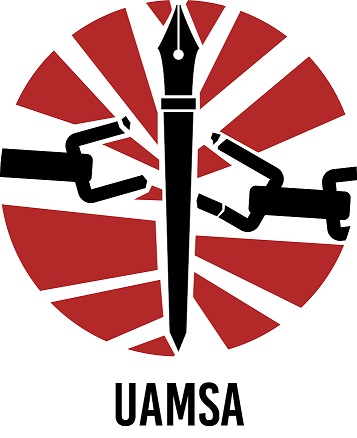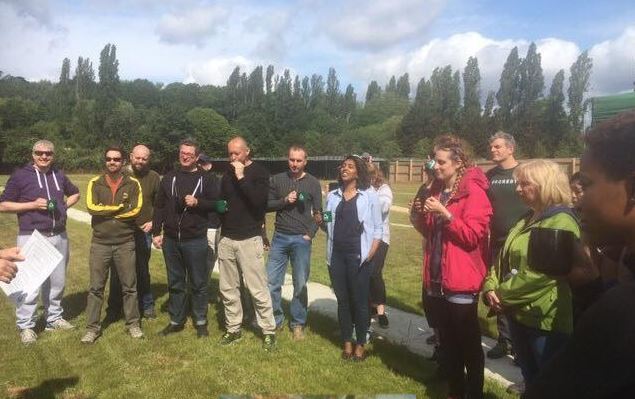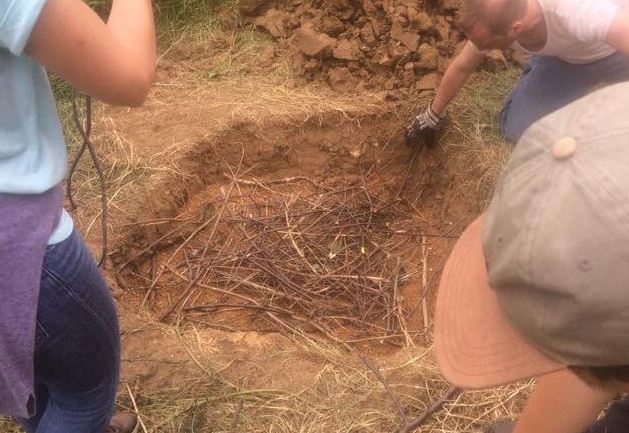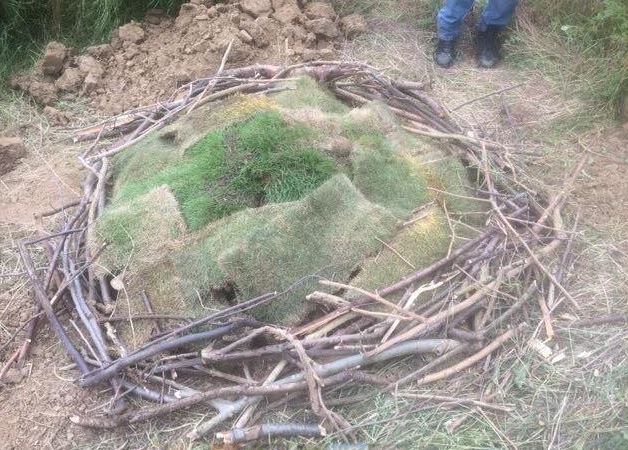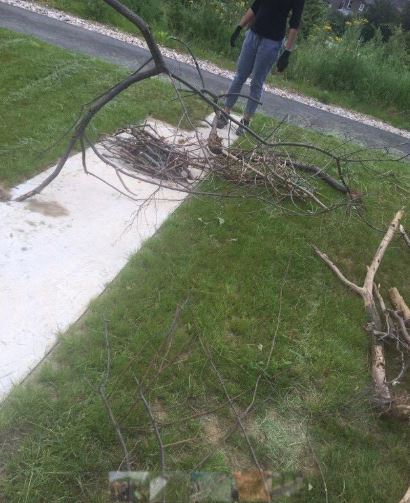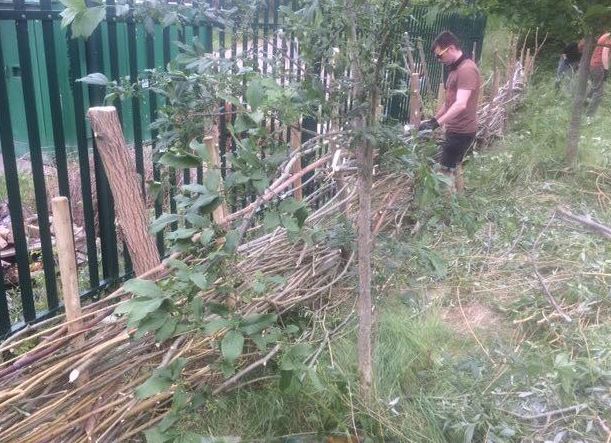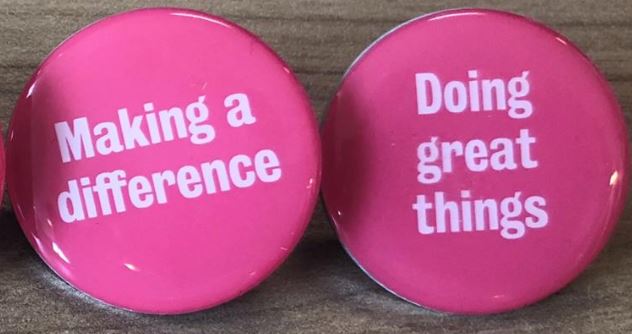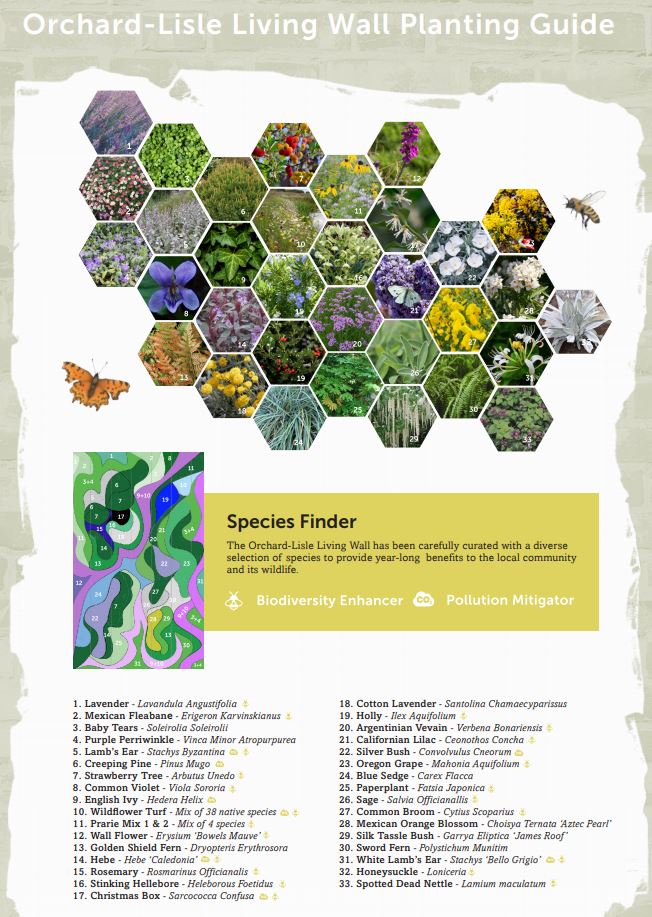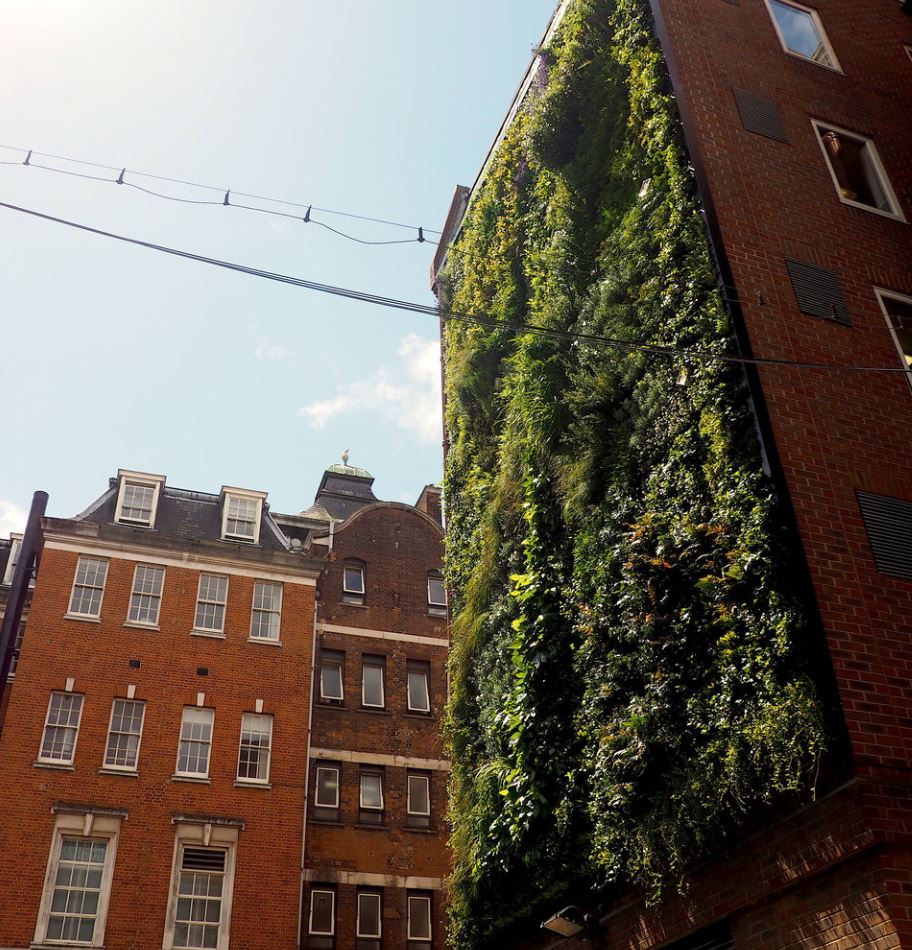This guest blog comes from Josefin Nordahl, second year student studying International Development at King’s and UAMSA Projects Assistant.
As a part of the Universities Against Modern Slavery Alliance (UAMSA as short) conference, we are working to raise awareness of modern slavery by bringing academics, students and businesses together to initiate conversations about the current issues within modern slavery and how to address them.
Rebecca Brown, King’s staff member in the Policy Institute who established UAMSA and the Sustainability Team who aided in the setting up of UAMSA were recruiting for student assistants to help with the establishment of the conference.
I was successful in getting one of the three assistant positions.
From the nervousness building up to the interview and the interesting conversations and follow up opportunities from my involvement in UAMSA, my already existing interest in modern slavery has sparked. So much so that I am planning on writing my dissertation on a topic related to modern slavery later this year. The opportunity was fantastic and gave me the chance to assist and work on something I am passionate about and it has really made it feel less like work and more like an opportunity.
Considering the personal benefits from this opportunity, I have received invitations to other events relating to the subject and the chance to engage in discussions with the leading professionals in the field. My involvement has also helped me in the work I currently do for the Fairtrade Foundation where I have had to use my event planning and organization skills and the knowledge about modern slavery in supply chains in the work for the foundation. I have also learnt a lot about the research and the involvement of producers in this field and this has allowed me to build my own perception of the broad topic of modern slavery and how this better can be dealt with.
But that is not the most important take away from this. The greatest achievement from the inauguration conference we set up in March, is the start of future discussions and collaborations between businesses, academics and students who are all working for the same thing – to end modern slavery.
I look forward to the continued work with UAMSA in the fall and I hope to see more student engagement and involvement from King’s and across other higher education institutions.

